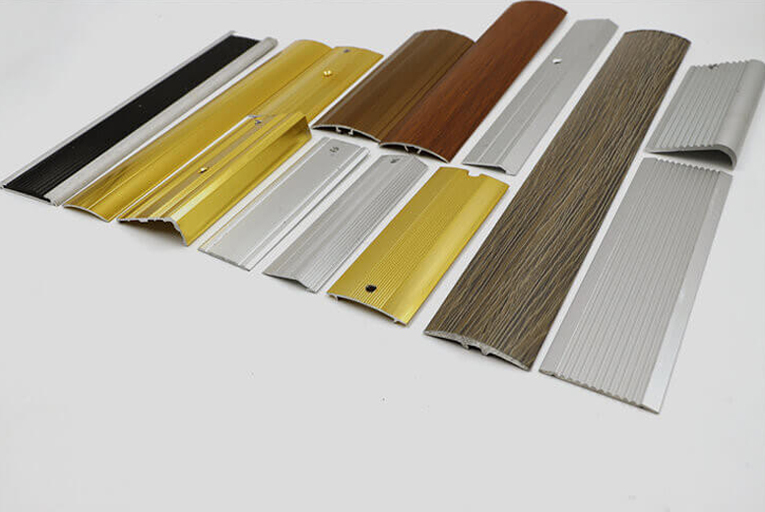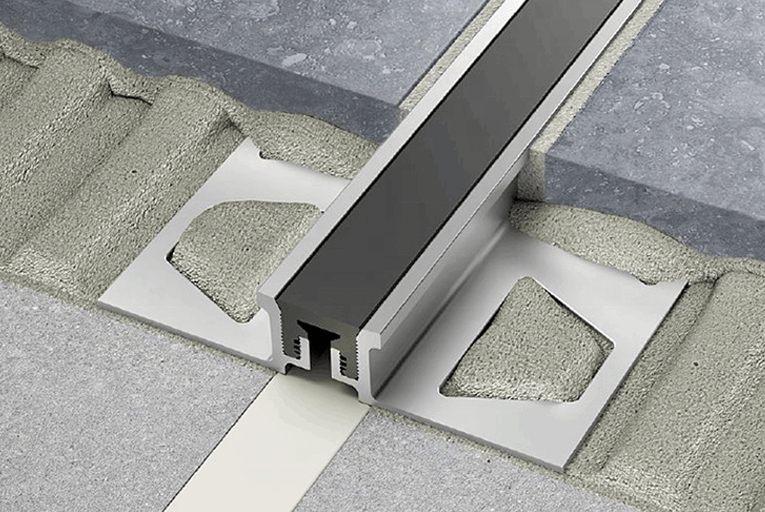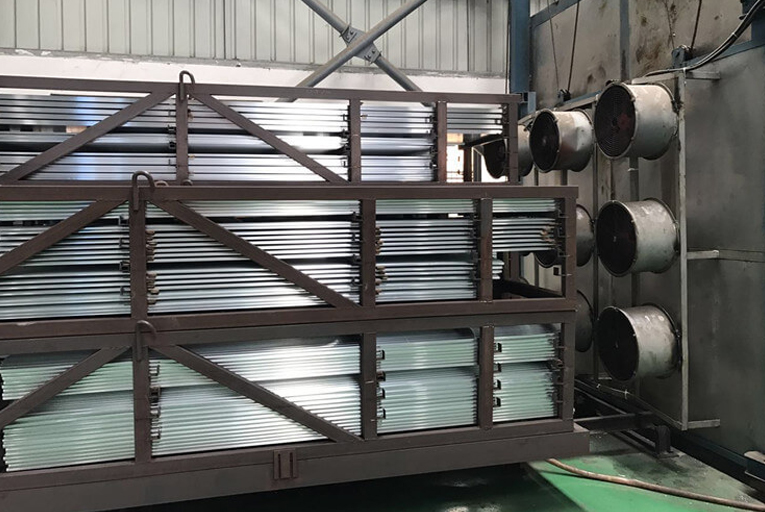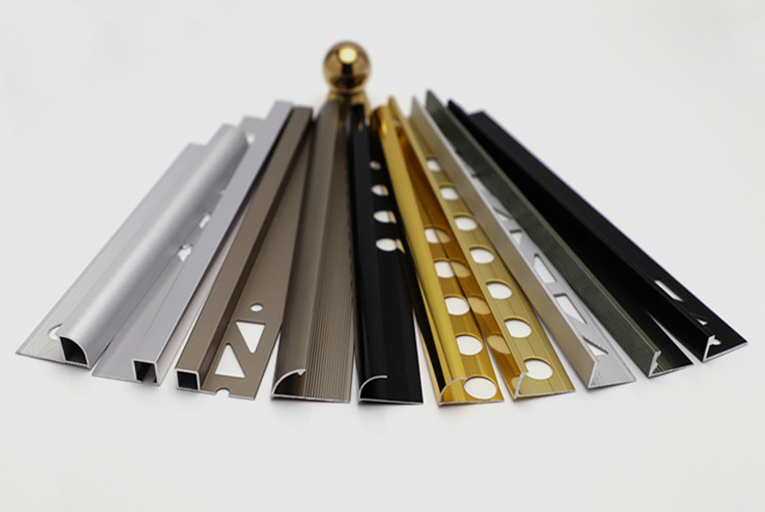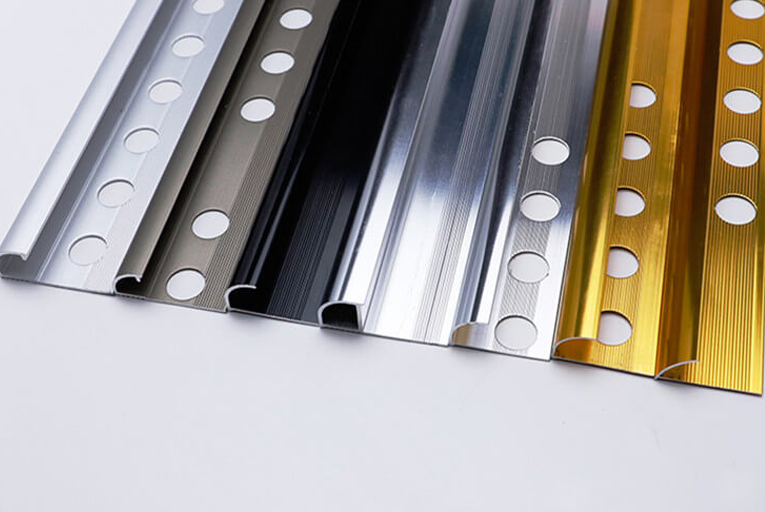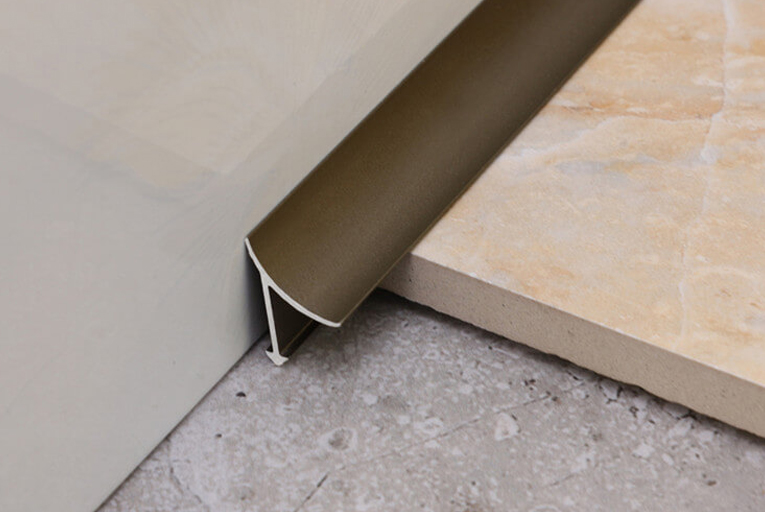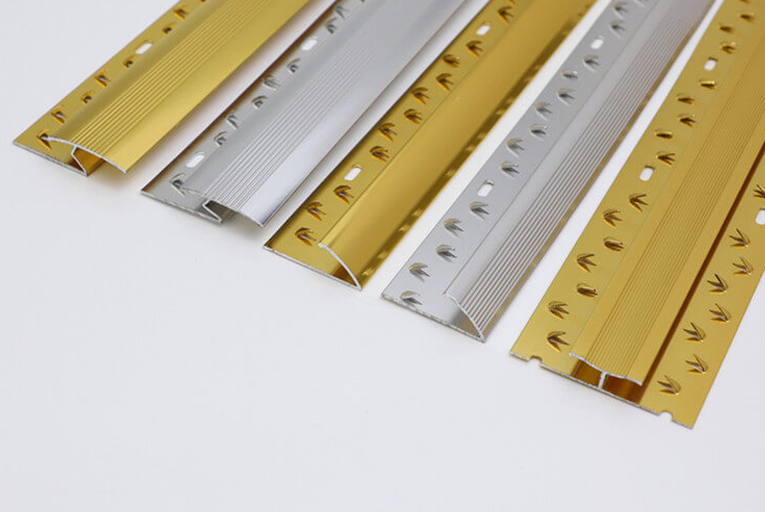Comparing Materials for Tile Floor Transition Trim
Comparing Materials for Tile Floor Transition Trim: A Guide to Seamless Style
When two different flooring materials meet, a transition trim is necessary to create a smooth and aesthetically pleasing connection. For tile flooring, choosing the right material for the transition trim is crucial to ensure durability, visual appeal, and overall functionality. In this article, we delve into the pros and cons of various transition trim materials to help you make an informed decision for your home.
Metal:
Metal transition trims, typically made from aluminum or stainless steel, offer durability and a modern aesthetic. They are available in various colors and finishes, allowing for a customizable look. However, metal trims can be susceptible to scratches and dents, and they may require additional sealing to prevent corrosion in moist environments.
Plastic:
Plastic trims are budget-friendly and lightweight, making them easy to install. They come in a wide range of colors, patterns, and finishes to complement any tile flooring. However, plastic trims can be less durable than metal options and may become brittle over time.
Wood:
Wood transition trims add a natural warmth and elegance to tile flooring. They are generally sturdy and durable, especially when treated with a protective finish. However, wood trims can be more expensive than other materials and may require additional maintenance to prevent warping or moisture damage.
PVC:
PVC (polyvinyl chloride) trims are a versatile and cost-effective option. They are flexible, making them ideal for transitions with curved edges. PVC trims are resistant to moisture, stains, and fading, making them a practical choice for busy households. However, they may have a less substantial appearance compared to metal or wood trims.
Cork:
Cork transition trims offer a unique and eco-friendly alternative. They are known for their sound-dampening qualities and provide a comfortable feel underfoot. Cork trims are also naturally resistant to moisture and pests, making them a durable choice. However, they may be more expensive than other materials and can be difficult to find in a wide range of colors and finishes.
Consider these factors when choosing the best transition trim material for your tile flooring:
– Durability: Assess the expected foot traffic and potential wear and tear on the transition area.
– Aesthetics: Choose a material that complements the style and color of your tile flooring.
– Resistance to Elements: Consider the environmental conditions, such as moisture or UV exposure, to select a material that will withstand the elements.
– Ease of Installation: Opt for materials that are easy to cut and install, especially if you plan to do the job yourself.
By carefully comparing these materials and considering your specific needs, you can choose the perfect transition trim for your tile flooring, ensuring a seamless and stylish connection that enhances the overall beauty and functionality of your home.
-
The 6 Hottest Tile Trim Solutions for 2021
2022-02-09 -
How to Install Tile Trims Line?
2022-02-09 -
Difference Between Sandblasting and Anodizing Surface Treatment of Aluminum Tile Trim
2022-02-09 -
The Different Uses of Tile Outside Corner Edging Trim and Inside Corner Edging Trim
2022-02-09 -
The Most Popular 5 Different Materials of Tile Trim Line
2022-02-09 -
What is Carpet Cover Trim?
2022-02-09
